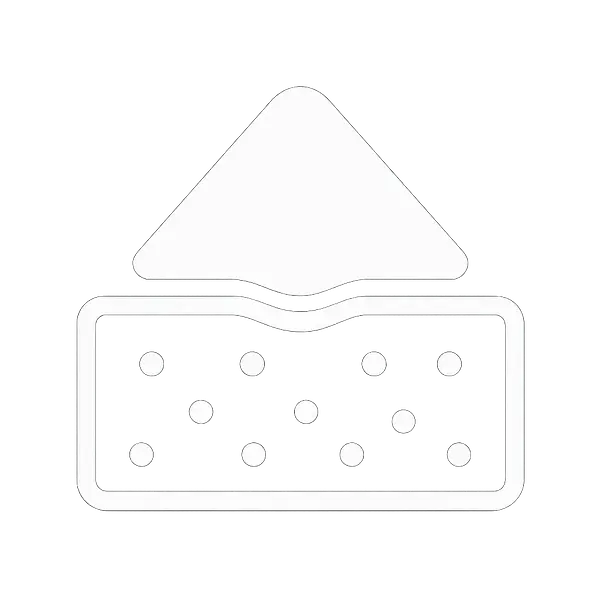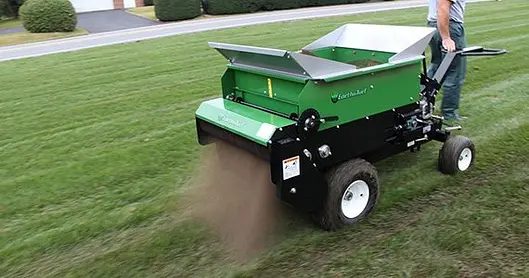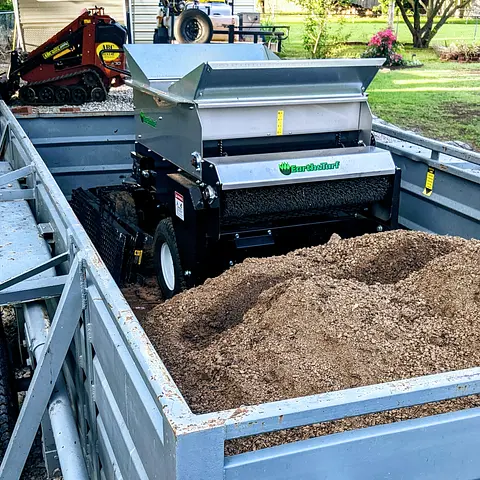Sand Leveling — The Professional Way to Smooth Your Lawn
Precision-applied screened masonry sand corrects uneven areas and enhances turf health, drainage, and mowing quality.


Is Sand Leveling Right for My Lawn?
Ideal for Mild Surface Unevenness
Best for Actively Growing Warm-Season Turf
Recommended When Turf Health Is Stable
A Professional Process, Not DIY Topdressing
